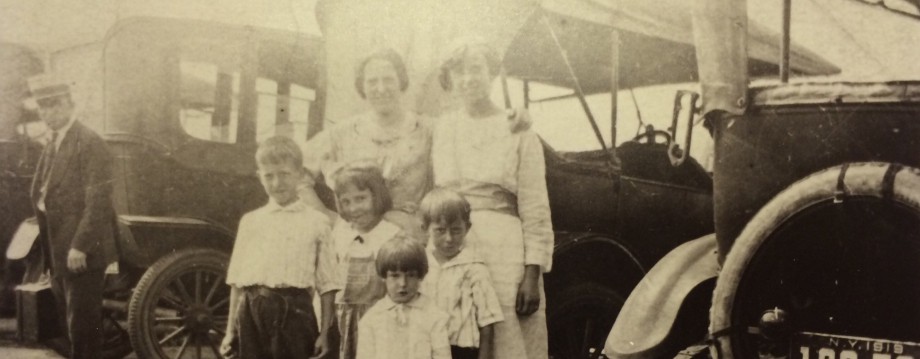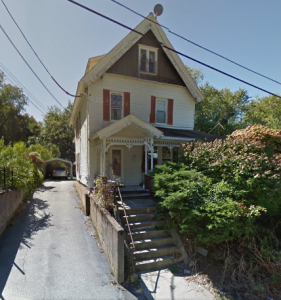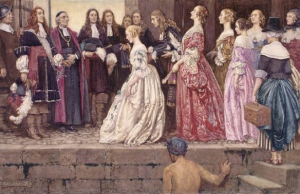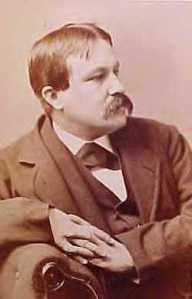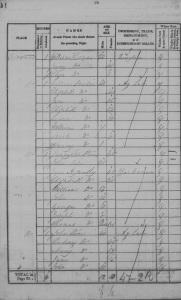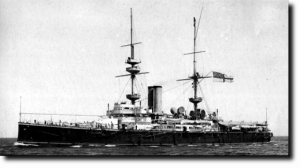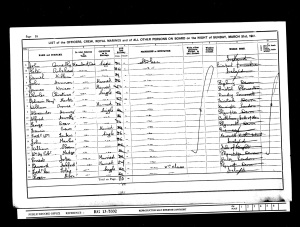Every successful family historian has benefited at one time or another from the help of someone else. Sometimes it is the librarian located miles away that takes the time to search a document and email it to you. Sometimes, it is the busy town clerk who scours through many years of records looking for that missing marriage certificate. Most often, this help comes from a fellow genealogist who shares their tree or a document that otherwise might never come to light. Modern technology such as email and smartphones have made this sharing of information more important, and indeed more possible, than ever before. Today, I had an opportunity to take a few minutes from my schedule to pay back in some small the many favors others have done for me in my years of research.
Most genealogists have used FindAGrave.com. It is a tremendous resource for finding your ancestors’ burial locations and information about cemeteries. On more than one occasion, I have been lucky enough to find an ancestor of mine in this online database. Occasionally, there is even a photograph of the headstone to accompany the entry. If an entry exists and no photo is available, you can click an option to request a local volunteer to take a photo for you. Sometimes it happens, and sometimes it doesn’t.
About a year ago, I signed up as a volunteer for my local area. Why not? How much time could it take to drive to a local cemetery and take a photo. For a long time, nothing happened. Then, about a month ago, three requests appeared simultaneously in my email inbox. All three were from the same person. They were for graves in the New Somerville Cemetery in Somerville, NJ, which is a large cemetery about three miles from where I live. I must confess that my initial reaction was not one of enthusiasm. It was another obligation inserted into an already busy schedule full of work and family obligations. I saved the email requests and went about my life.
Several times over the next few weeks I checked my email and saw the requests still awaiting my attention. I checked the database to see if another volunteer in the area had taken me off the hook, but no such luck. The requests were still open. It was up to me to either do what so many have done for me or ignore the request and chalk it up to being just too busy. This morning, I started doing some research on my own family tree and started entering a piece of information that someone had shared with me a while back. It dawned on me that I wouldn’t have that information if the person who sent it had been “too busy” to help. I determined to take a little time out of my morning to drive over to the cemetery and see if I could find the three graves in question.
As I mentioned, the cemetery is close to home, and it only took me about fifteen minutes to get there. The cemetery caretaker there gave me a map with the three graves clearly marked, and in just a few minutes I was standing in front of them. All were in the same plot. I took photos, which included not just the three people in question but several other family members as well. I uploaded them to FindAGrave.com on the spot and was on my way back home less than an hour after I set out.
What I had done in no way furthered my own research. It didn’t sove any of the mysteries lurking in my family tree. I hope, however, that maybe it solved a mystery for someone else. Maybe it even broke down one of those dreaded brick walls. If it did, I will probably never know, but either way it required very little effort on my part. In fact, putting it off and making excuses was probably more effort than the process itself. The moral to the story is a simple one. Take the time to pay it forward. Someone else may be doing just that for you right now.
